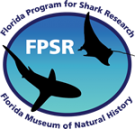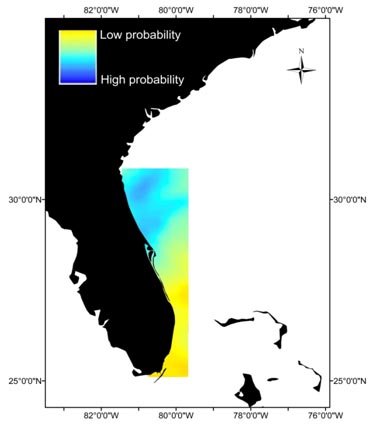Influence of Spatial and Environmental Factors in Shark Attacks
 (Felipe Carvalho, PhD candidate in the Program of Fisheries and Aquatic Sciences at University of Florida)
(Felipe Carvalho, PhD candidate in the Program of Fisheries and Aquatic Sciences at University of Florida)
The consequences of shark attacks are both direct and indirect. Their impacts on the lives of the victims are long lasting emotionally and physically. It is important that we understand as much as we can about the conditions under which they occur so that we can warn recreationalists and avoid attacks in the future. Shark attacks, and the subsequent media coverage, are also thought to negatively impact tourism and therefore the economies of coastal cities that depend heavily on tourism as their main source of revenue. Accurate assessment about shark attacks requires the ability to understand the influence of oceanographic conditions (i.e sea surface temperature and Chlorophyll-? concentration) and spatial variability (i.e latitude and distance from the coast) in these happenings. In this project, spatial models have been applied to shark attack data from the International Shark Attack File (ISAF) to examine their distribution and density in relation to environmental and spatial factors.
